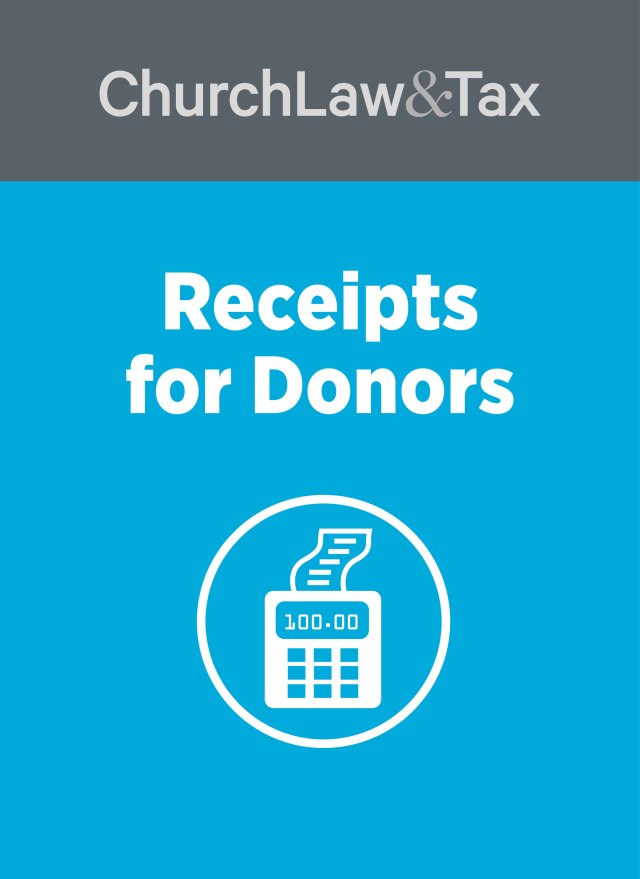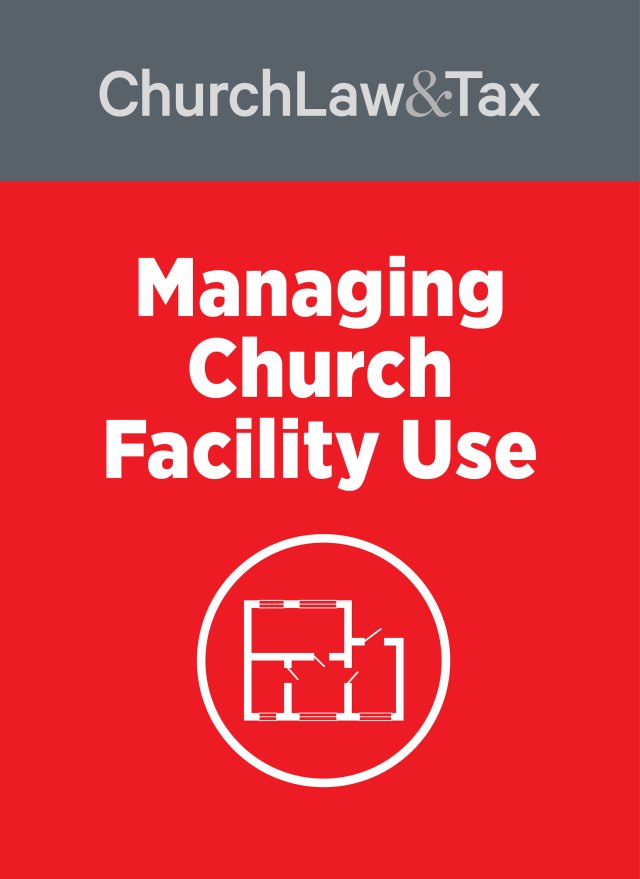Background. In April, President Bush signed into law the Bankruptcy Abuse Prevention and Consumer Protection Act of 2005. Representing the most comprehensive set of reforms in more than 25 years, the Act’s consumer bankruptcy provisions respond to several factors. First, the recent escalation of consumer bankruptcy filings does not appear to be just a temporary event, but part of an upward trend. In 1998, for example, bankruptcy filings exceeded one million for the first time in our nation’s history. Over the past decade, the number of bankruptcy filings has nearly doubled to more than 1.6 million cases filed in fiscal year 2004.As a result, there is a growing perception that bankruptcy relief may be too readily available and is sometimes used as a first resort, rather than a last resort. Despite the view of opponents of bankruptcy reform that abuse in the system is not widespread and that most bankruptcy filings result from causes beyond debtors’ control (such as family illness, job loss or disruption, or divorce) Congress concluded that reforms were necessary.
Second, when creditors are unable to collect debts because of bankruptcy, some of those losses are inevitably passed on to other Americans who live up to their financial obligations. A committee report accompanying the Act explains, “Every phone bill, electric bill, mortgage, furniture purchase, medical bill, and car loan contains an implicit bankruptcy tax that the rest of us pay to subsidize those who do not pay their bills… . We all pay for bankruptcy abuse in higher down payments, higher interest rates, and higher costs for goods and services.”
Key point. $44 billion in consumer debt is erased each year through bankruptcy, and this discharged debt increases the costs of goods and services for all consumers.
A third factor relates to the fact that some bankruptcy debtors are able to repay a significant portion of their debts, according to several studies. Prior law, however, had no clear mandate requiring these debtors to repay their debts.
Major provisions. The new law, when it takes effect later this year:
- Raises the repayment priority of domestic support obligations, including alimony and child support, from seventh to first, and would make failure to pay domestic support obligations a cause for dismissal of a debtor’s case.
- Protects tax-exempt retirement savings accounts from creditors’ claims.
- Makes “non-dischargeable” any credit card purchases of $500 or more, if made within 90 days of filing for bankruptcy, and all cash advances that total $750 or more, if made within 70 days of filing.
- Tightens the “homestead exemption” (an exemption recognized in Texas, Florida, South Dakota, Iowa, and Kansas, that generally allows bankruptcy filers to protect an unlimited amount of equity in a home from their creditors). The Act limits the amount of equity a homeowner can protect if a piece of property in a homestead exemption state is purchased within the 40-month period prior to a bankruptcy filing. Further, bankruptcy filers convicted of a range of crimes, including fraud, violations of securities laws, and criminal acts resulting in injury or death would lose the ability to shield their assets in property holdings regardless of when they purchased their property.
- Provides more liberal rules for lower income persons who file for bankruptcy as a result of unmanageable medical bills, divorce, or job loss. These financial hardships unfortunately happen every day, and too often prevent hardworking individuals and families from pulling themselves out of debt. The Act seeks toprotect the ability of these debtors to file for relief under Chapter 7 of the bankruptcy code by creating a “means test” that will continue to allow low-income debtors who earn less than the median income of the state in which they live to file under Chapter 7. The means test recognizes that those who are the least able to repay their debts should have the opportunity to enjoy a fresh start in life. And because many debtors are forced to file for bankruptcy as a result of medical expenses, the Act allows bankruptcy filers to challenge the means test by demonstrating “special circumstances,” such as a serious medical condition, that justify additional expenses or adjustments to their income.
- Provides for additional, allowed expenses, including up to $1,500 per year per child, to send a dependent under age 18 to a private or public elementary or secondary school. Actual expenses that are deemed “reasonable and necessary” for the care and support of an elderly, chronically ill, or disabled family member are also allowed.
- Requires debtors to receive credit counseling from a nonprofit credit counseling agency prior to filing for bankruptcy, and requires filers to complete an approved instructional course on personal financial management before receiving a discharge under either Chapter 7 or Chapter 13.
What church treasurers need to know. Section 548(a) of the bankruptcy code authorizes a bankruptcy trustee to “avoid” (recover) two kinds of “fraudulent transfers” made by bankrupt debtors within a year of filing for bankruptcy:
(1) Intent to defraud. Section 548(a)(1) gives a bankruptcy trustee the authority to recover any transfer of property by a debtor within one year prior to filing a bankruptcy petition if the debtor made the transfer with an intent to defraud or delay.
(2) Transfers of cash or property for less than “reasonably equivalent value.” Section 548(a)(2) gives a bankruptcy trustee the authority to recover any transfer of property by a debtor within one year prior to filing a bankruptcy petition if the debtor “received less than a reasonably equivalent value in exchange for such transfer” or was insolvent on the date of the transfer.
In the past, many bankruptcy trustees contacted churches, demanding that they return donations made by bankrupt debtors within a year of filing for bankruptcy. They argued that charitable contributions made by bankrupt debtors to a church are for less than “reasonably equivalent value,” and therefore can be recovered by bankruptcy trustees under the second type of “fraudulent transfer” mentioned above. In 1998 Congress enacted the Religious Freedom and Charitable Donation Protection Act in order to protect churches and other charities from having to turn over charitable contributions to a bankruptcy trustee. The key to the Act is the following provision, which is an amendment to section 548(a)(2) of the bankruptcy code:
A transfer of a charitable contribution to a qualified religious or charitable entity or organization shall not be considered to be a transfer [subject to recovery by a bankruptcy trustee] in any case in which—(A) the amount of that contribution does not exceed 15% of the gross annual income of the debtor for the year in which the transfer of the contribution is made; or (B) the contribution made by a debtor exceeded the percentage amount of gross annual income specified in subparagraph (A), if the transfer was consistent with the practices of the debtor in making charitable contributions.
Note that there are two separate protections here: (1) bankruptcy trustees cannot recover contributions made by a bankrupt debtor for less than reasonably equivalent value within a year prior to filing for bankruptcy if the contributions amount to 15% of less of the debtor’s gross annual income; and, (2) bankruptcy trustees cannot recover contributions made by a bankrupt debtor for less than reasonably equivalent value within a year prior to filing for bankruptcy if the contributions exceed 15% of the debtor’s gross annual income, and the amount of the contributions are consistent with the debtor’s giving practices.
Key point. This provision only amended the second type of “fraudulent transfer” described above—transfers of cash or property made for less than “reasonably equivalent value” within a year of filing a bankruptcy petition. The Act does not amend the first kind of fraudulent transfer—those made with an actual intent to defraud.
The recently enacted Bankruptcy Abuse Prevention and Consumer Protection Act of 2005 does not change the valuable protections provided under section 548(a)(2) (quoted above).
Example. Bob has attended his church for many years. For the past few years, his contributions to his church have averaged $50 per week, or about $2,500 per year. Bob’s gross annual income for 2005 will be about $40,000. On July 15, 2005, Bob files for bankruptcy. A bankruptcy trustee contacts the church treasurer, and demands that the church turn over all contributions made by Bob from July 15, 2004 through July 15, 2005. Section 548(a)(2) of the Bankruptcy Act protects the church from the reach of the trustee, since: (1) the amount of Bob’s annual contributions in both 2004 and 2005 (the years in which the contributions were made) did not exceed 15% of his gross annual income (15% of $40,000 = $6,000); and (2) the timing, amount, and circumstances surrounding the contributions, as well as the lack of any change in the debtor’s normal pattern or practice, suggest that Bob did not commit intentional fraud, and so the trustee cannot recover contributions on this basis. This result is not affected by the Bankruptcy Abuse Prevention and Consumer Protection Act of 2005.
This article first appeared in Church Treasurer Alert, July 2005.




